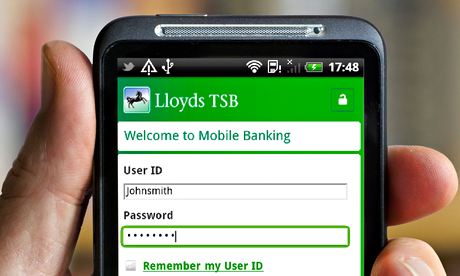
Q Someone told me that I shouldn't do my banking on public Wi-Fi. Why is that? Andy, via email
A Many people try to find free Wi-Fi when out and about, myself included, but public Wi-Fi networks have issues, mostly the inherent insecurity in having a network whereby you don't know the intentions of the connected parties and have no control over who can connect. Even if a Wi-Fi network has a password, that doesn't keep you safe from other people on the network. It's very simple for any of them to see what you're doing and, in some cases, steal personal information or passwords. However, you can do something about this. The easiest way to protect yourself would be to use a VPN (Virtual Private Network) to encrypt your connection. The easiest way to do this is to use a service like Cloak, Hotspot Shield, or StrongVPN.
Q Is there a way to get pictures off my phone without sending them one at a time? Jordan, via email
A If you have an iPhone, you can use iPhoto for OS X and Photo Gallery for Windows. For Android, use Image Capture on the Mac. The phone will show up in the left sidebar and you can pick and choose which photos to import. Windows-based Android users can also use Photo Gallery.
Alternatively, a Dropbox account is also a good way to get photos on to your computer. Sign-up for an account, install it on your computer and phone and set up photo syncing. Launch Dropbox on the phone when you want to sync new photos and it will happen automatically.
Q There has been lots of news lately about sites being hacked and people stealing information. How can I protect myself? Thelma, via email
A In most cases, hackers will be after your username and password. But when a website has followed good practices and stored your password using a good hashing algorithm (a process that turns your password into a long string of letters and numbers, it's a one-way process, which means that you can't get it back) such as the bcrypt algorithm with unique salts (long random strings added to the start or end of a string before hashing). Then the risks are reduced. However, this is not an alternative to good password policies such as using 1Password, LastPass or similar to generate and save passwords to reduce the risk from brute force attacks and similar.
Q What is kernel_task on my Mac, and why is it using so much memory? Romola, via email
A In its simplest form, kernel_task is the brain of Mac OS X. It handles the resources that software and processes require. It manages multitasking scheduling, system input/output, virtual memory and passing data between processes. The kernel is also expanded with kernel extensions (kexts) that allow it to manage hardware features like peripherals, graphics cards, bluetooth, Wi-Fi and the hard drive.
When you start up your computer, extensions will load, and not all of the services will be in use. The computer may be ready to use them, but will not load them completely until you need them. This is why if you check Activity Monitor on startup, then you may see kernel_task only taking a small amount of RAM, because there aren't many things loaded into memory. This quickly grows, however, as you use features such as Wi-Fi, Peripherals and the iSight camera, then kernel_task will load the resources and grow in size.
Q I have a Raspberry Pi. What are some fun projects for learning to program with it? Connie, via email
A To get started with programming on the Pi, you could use the drag and drop software Scratch from MIT to get used to the concepts and fundamentals such as variables, loops and input/output. A good introduction to Scratch is available at MakeZine.
A popular language of choice among many Pi owners is Python. The Raspberry Pi was designed to teach people Python, although you can use any other language that you'd like. Python is an extremely powerful and flexible language that will let you build lots of software and you can even use it to interface with hardware on the Pi.
Python is an easy language to get started with and will give you a good basis in programming to move to other languages later. Python's flexibility and ease of use have caused it to be a major language in the industry with projects such as YouTube and Reddit written in it. Some of the biggest users of Python are Google, Yahoo, Cern and Nasa. I'd also recommend Programming the Raspberry Pi, Getting started with Python by Simon Monk and Codeacademy which features excellent interactive coding tutorials.
Daniel Tomlinson is a freelance programmer for iOS and the web. He has been coding since he was eight. He is an ambassador for Young Rewired State and is on Twitter @DanToml. If you have a tech problem for Daniel, email tech.questions@observer.co.uk with your name and address

